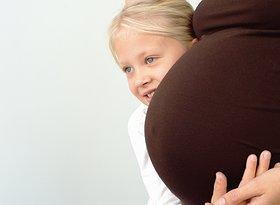
Long-term Paracetamol use in Pregnancy May Increase Child’s ADHD Risk
Many parents strive to provide the best environment for their children. They will eat right and exercise to make sure they are giving their child the best.
Most doctors inform the pregnant mother that the medications they take can affect the child that they are carrying.
Now, research shows that long term use of a common over the counter drug (paracetamol, or ibuprofen) has long term effects on children. Studies indicated that mothers who took paracetamol have more incidences of ADHD.
Paracetamol in Pregnancy
The Norwegian Institute of Public Health and the University of Oslo performed a study on 2,246 children who have an ADHD diagnosis. The group has identified 112,973 children whose ADHD could potentially be linked to the mother’s use of paracetamol.
In the research, they saw that short term and temporary use of paracetamol was harmless to children in incidences in such as a headache or a fever.
However, in longer periods extending 29 days, there was a consistent correlation between the use of paracetamol and ADHD. Children who were exposed to paracetamol in the womb for this length of time had more likelihood of having ADHD.
Scientists found that the use of paracetamol use of about 1-7 days was harmless. However, with the use of the medicine for 7 days or more, it was shown to have negative consequences.
The typical rate of Norwegian 13-year-olds who have ADHD is around 4%. However, in the study, pregnant women paracetamol for 29, or more, they had a rate of ADHD diagnosis of about 8%.
Research also showed there was a link between the paternal use of paracetamol and ADHD in the study.
Contact Us Today
Doctors advise pregnant women to consult with their physician if they are experiencing chronic pain. For natural pain relief during pregnancy, contact our chiropractor in West Hartford today.
Sources and Recommended Reading:
1 ) Ystrom E, Gustavson K, Brandlistuen RE, et al. Prenatal Exposure to Acetaminophen and Risk of ADHD <https://doi.org/10.1542/peds.2016-3840>. Pediatrics. 2017;140(5):e20163840. DOI

